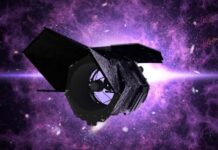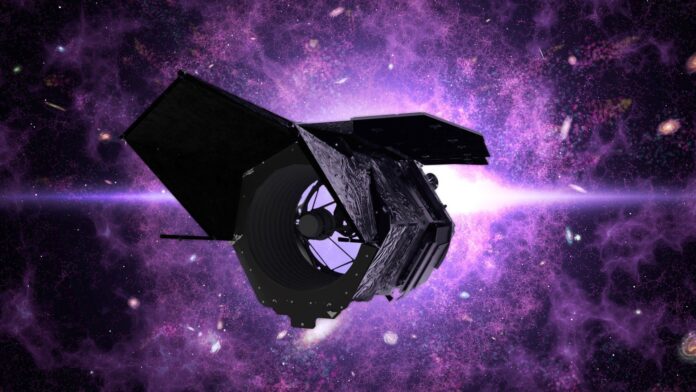NASA’s Nancy Grace Roman Space Telescope, even before launch in the next 12–18 months, is already exceeding expectations. Researchers now confirm the telescope will be capable of measuring seismic waves in over 300,000 red giant stars—a capability that will fundamentally change how we study exoplanets and the Milky Way’s structure.
The Telescope’s Unique Capabilities
The Roman Space Telescope is a survey instrument featuring a 2.4-meter (8-foot) mirror, comparable to Hubble, but with a field of view 100 times larger. Its primary mission includes studying dark matter, dark energy, and conducting the Galactic Bulge Time-Domain Survey, which will examine millions of stars in the Milky Way’s central bulge. This survey will focus on detecting exoplanets via gravitational microlensing, a technique leveraging the warping of spacetime to magnify light from distant objects.
This method allows detection even when planets are too faint to see directly. The telescope will watch for temporary brightening as a planet’s gravity bends and amplifies light from a background star. This is distinct from star oscillations, where internal vibrations cause subtle brightness fluctuations.
Asteroseismology: Unlocking Stellar Secrets
The study of these stellar vibrations—asteroseismology —reveals a star’s mass, size, and age. This information is invaluable for understanding the planets that orbit them. Kepler Space Telescope previously measured asteroseismic data for 150,000 stars, but Roman is poised to dwarf that number.
By analyzing Kepler data with Roman’s expected capabilities, scientists now predict it will detect oscillations on red giant stars with unprecedented accuracy. Red giants are bright and vibrate frequently, making them ideal targets for Roman’s 12-minute-cadence observations over 70.5-day stretches.
“Asteroseismology with Roman is possible because we don’t need to ask the telescope to do anything it wasn’t already planning to do,” explains Marc Pinsonneault of Ohio State University.
The Galactic Bulge: A Window into the Milky Way’s History
Roman’s survey will focus on the Milky Way’s bulge—the oldest part of our galaxy, home to the supermassive black hole Sagittarius A*. Many stars in this region are evolving into red giants, and Roman is expected to observe seismic waves in over 300,000 of them, potentially reaching 648,000 in certain projections. This will be the largest asteroseismic dataset ever collected.
Understanding these host stars will refine our search for habitable exoplanets. More importantly, the telescope will also shed light on the fate of planets as their stars expand into red giants. Planets close to the star will be destroyed, but those farther out may survive. The observations will help astronomers understand the likelihood of our own solar system’s fate, with Mercury, Venus, and potentially Earth doomed to destruction as the Sun ages.
Beyond Exoplanets: Uncovering the Milky Way’s Past
The asteroseismic data will also act as a guide to the history of the Milky Way, particularly its bulge, which is obscured by dust and difficult to observe in visible light. The ages of stars revealed through these oscillations will provide clues about the galaxy’s formation and evolution.
“We actually don’t know a lot about our galaxy’s bulge… What if there are young stars buried there? Roman will open a completely different window into the stellar populations in the Milky Way’s center. I’m prepared to be surprised,” says Pinsonneault.
The discovery of unexpected young stars in the bulge would challenge current models of galactic evolution. Roman’s observations promise to be a transformative step in astrophysics, going far beyond its initial objectives.
The Roman Space Telescope will deliver an unprecedented dataset, not only revolutionizing exoplanet science but also providing crucial insights into the structure, history, and future of our galaxy.












































